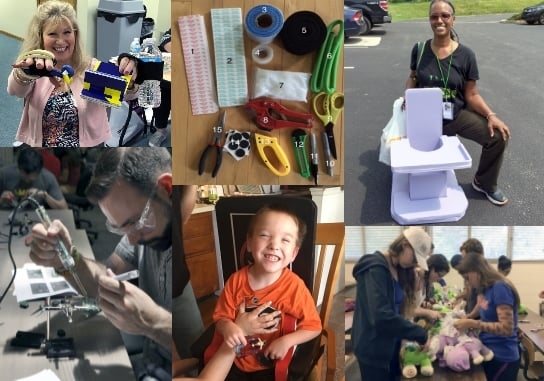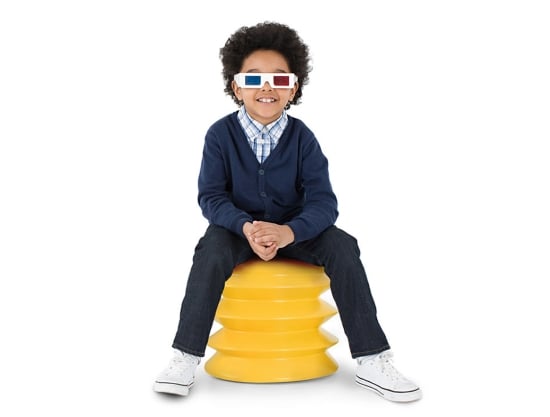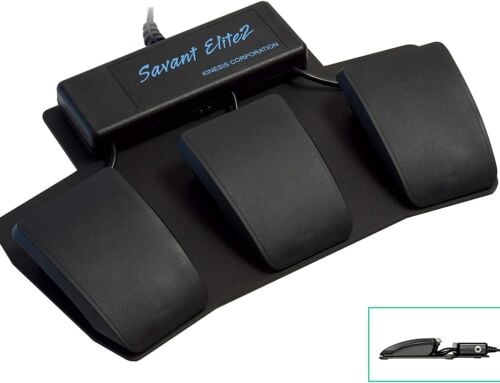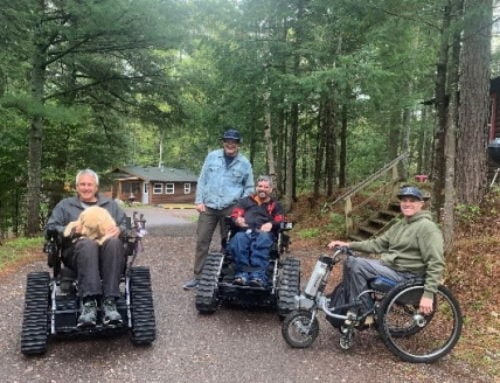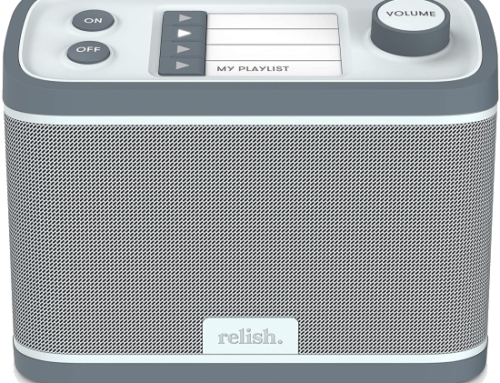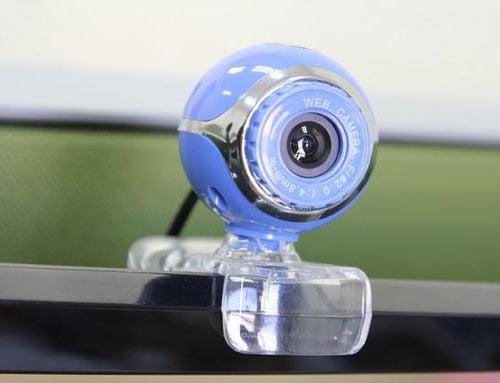Access+Ability at the Cooper Hewitt Museum Celebrates and Reframes Assistive Technology
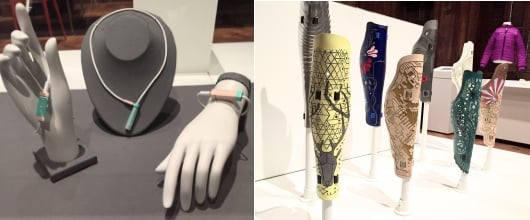
“Disability” dissolves within human-centered design
The Assistive Technology (AT) Act of 1998, as amended in 2004, guarantees that each state and territory has a place where anyone can go to learn about AT. Individuals with disabilities, seniors, veterans, caregivers, and professionals visit their State AT Program, free of charge, to learn about a range of assistive technologies designed for users with diverse sensory, motor or cognitive abilities.
Now a new exhibit at the Cooper Hewitt Smithsonian Design Museum in Manhatten is also raising awareness about AT. Access+Ability celebrates and elevates technology for a range of abilities, reframing the pursuit of AT within the principals of human-centered and universal design. The exhibit casts technologies created for persons with disabilities as relevant beyond just a narrow slice of human experience. It challenges conventional notions of human limitations, norms, fashion and even what might be considered “tech-chic.”

For example, why not create an elegant navigation wearable or fashion for prosthetics?
Access+Ability presents visitors with a comprehensible overview of types of innovations within three areas: moving, connecting and living. Objects on display are surprisingly novel, commercially-available or prototypes of new innovations, and they inadvertently pose some important questions.
What if all durable medical equipment were as inviting as this hospital transport wheelchair (by the Michael Graves Design Group)? And why is a mobility-aid built for jogging a new idea?
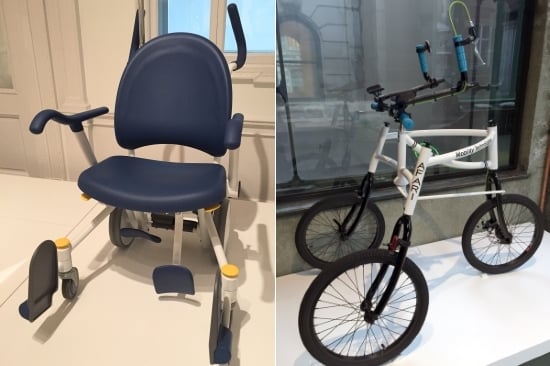
An accessible voting booth, in close proximity to the other objects, nudges toward one answer: inclusive design gains traction when users have a voice, influence, and agency.

“Many of the best solutions have and will continue to come from the ingenuity of people who develop, adapt and customize designs to fit their specific challenges, needs, and aesthetic,” the exhibit asserts. That transport wheelchair is a case in point. Michael Graves designed the extension to the Guggenheim Museum a few blocks from Cooper Hewitt and, eventually, he was also a user of wheelchairs and other durable medical equipment.
The collection is relatively small and meant for up-close study and engagement. Visitors can experience a HumanWare refreshable braille display notetaker, Tobii Dynavox eye-gaze communication device, and scroll through Inclusive: A Microsoft Design Toolkit and Support Cards (free online). Many of the products and prototypes, however, are less likely to be familiar to those with knowledge of the world of commercial AT. For example, there’s the Superflex Aura Power Suit prototype by fuseproject, a mobility undergarment that activates and supports core strength for the user, or the elegant velcro wallpaper or Dirty Dog Dirt Soap concepts created by Pratt industrial design students (Braden Young and Lauren Lee respectively) to support persons with dementia.
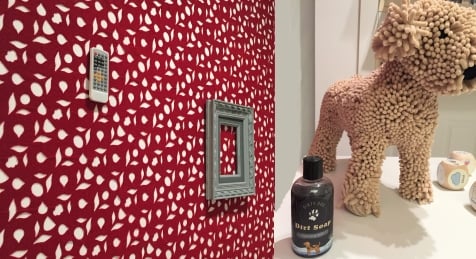
“Objects and experiences featured,” the exhibit wall assures, “were selected based on input from users first and foremost, as well as designers, caregivers, activists, researchers, occupational therapists, neuroscientists and others whose knowledge is inspiring opportunities for design to flourish.”
Overall, the exhibit is gloriously validating to those who work in the AT field. It’s also, perhaps, inspiring to those who run an AT demonstration and loan program (every state has one!) As visitors exit through the gift shop, products available include the usual gorgeous museum notecards and watches, but also Handy Bar, the tried-and-true mobility and safety aid that AT programs frequently stock and sometimes equip to senior volunteers for home visits. Also the S’Up Spoon, a utensil for people with hand tremors.
Missing in this exhibit? Well, the reason for this blog post. No information for visitors about State AT Programs and where to go to see, touch and try readily-available devices. Interested in technology for people with vision impairments, hearing, mobility, speech, learning or cognitive disabilities? Your State AT Program can introduce you to some new innovations as well as tried-and-true solutions. Find your state AT program! And get to the Cooper Hewitt Smithsonian Design Museum before September 3rd, 2018.
Monthly Blog Digest
Search the blog
State AT Program Blogs
California
Florida
Indiana
Kentucky
Louisiana
Maryland
Massachusetts
Michigan
Montana
North Carolina
North Dakota
Utah
State AT Program Blogs
The AT3 Center, the Association of AT Act Programs (ATAP), and the Administration on Community Living (ACL) make no endorsement, representation, or warranty expressed or implied for any product, device, or information set forth in this blog. The AT3 Center, ATAP, and ACL have not examined, reviewed, or tested any product or device hereto referred.

